 In the mid-’90s, I was a member of a musical group called Bassius-O-Phelius. Working under a name based on an obscure Captain Beefheart reference, my friend Mark Bergen and I, occasionally supplemented by other musician friends, recorded a number of albums of free-form improvisation. Mark played organ, electric piano, and viola, and I played electric bass, woodwinds and percussion. It was all about experimentation and the power of music to convey mood and mystery. It was also kind of ridiculous, but we did everything with a sense of humor.
In the mid-’90s, I was a member of a musical group called Bassius-O-Phelius. Working under a name based on an obscure Captain Beefheart reference, my friend Mark Bergen and I, occasionally supplemented by other musician friends, recorded a number of albums of free-form improvisation. Mark played organ, electric piano, and viola, and I played electric bass, woodwinds and percussion. It was all about experimentation and the power of music to convey mood and mystery. It was also kind of ridiculous, but we did everything with a sense of humor.
The Bassius-O-Phelius method was to use a 4-track cassette recorder, lay down an initial pair of tracks — typically on keyboard and bass — and then play the tape back and improvise another pair of tracks on viola, clarinet, and assorted other instruments. This led to some interesting results, as our improvisations were based not only on the live interplay of two musicians standing in a room together, but of those two musicians interacting with themselves via the prerecorded tracks.
For this year’s RPM Challenge, I decided to channel that spirit into a solo album, which I have entitled 222: Improvisations for 6 Instruments. Obviously the dynamic here is different: there’s only one of me, so I can’t interact with another player live. This difference was most apparent while laying down the first instrumental track: it was just me on the keyboard, with no frame of reference. My experience with Bassius-O-Phelius, however, taught me that it was important, among other things, to establish a steady, repetitious groove from time to time, anticipating opportunities for solos in subsequent tracks.
Another difference was the recording tools at my disposal: in the ’90s we recorded on a 4-track cassette recorder, but I recorded this album in GarageBand on my MacBook. The number of possible tracks is (in principle) unlimited, so I could easily lay down six individual instrument tracks without needing to worry about “bouncing down.” But there was another significant effect of using GarageBand: I could watch the waveforms of the other instruments as I played. Obviously this couldn’t totally allow me to “read the mind” of… well, myself… from the prior tracks, but it did allow me to anticipate major events. This might seem like “cheating,” but it actually felt more akin to the “two people in the same room” experience: while musicians are collectively improvising, it is common for them to make eye contact and give each other visual cues to facilitate group events in the performance.
Once the six instrument parts were recorded, I created 8 distinct “pieces” based on this single 8:38 track, by splitting up the instruments into different arrangements. For instance, the first track is just keyboard and guitar; the second is just Bebot and bass clarinet. Only on the final track do all six instruments finally come together and reveal the ultimate end product of my endeavors.


